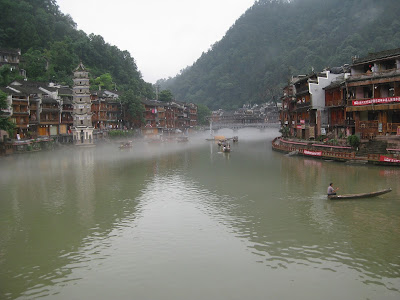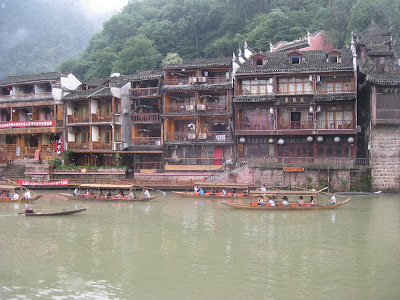When I was fourteen I spent a few days in
London. Endeavouring to get to The Oval cricket ground, where England were
playing the West Indies, I got into a black cab and was promptly sent packing
by a surly Londoner, for no obvious reason. The next guy, who at least accepted
my fare, yelled at me for closing the door too hard. Since that day I have
never liked taxis.
Nonetheless, on a few occasions the taxi ride has been worth
the fare simply for comedy value. I particularly recall a journey with a
Japanese driver called Hamada or Harada – something like that – from Fukuoka
airport. He got out of the cab, a short and bespectacled figure of about
retirement age, with his shirt sticking out of his flies. As we drove through
the dark streets a dull boom was audible behind us. Looking back I saw that my
suitcase was blocking a lane about a hundred metres back. Hamada (or Harada)
stopped the cab and started reversing, all the while muttering the word ‘daijoubu’ (‘It’s OK’). I’ve never
figured out if he was talking to us or to himself.
Having reached the item of luggage, he got out and shoved it
back in the boot, oblivious to the horns of passing cars. In some countries our
lives might have been in danger. Then, when we reached our destination,
Hamada/Harada had the nerve to charge us the full fare!
Never in my life, however, have I encountered worse taxi
drivers than in the small Chinese city of Zhangjiajie, in mountainous Hunan
province, where I recently passed a few days. (It’s small by Chinese standards,
but the population is in fact roughly the size of Edinburgh’s.)
The taxis in Zhangjiajie are all filthy lime green and
yellow Volkswagen Jetta SDIs, which look like they date back to before the end
of the Cold War. Inside the cars the floors and doors are caked with the dirt
and grime of years of service. The upholstery is peeling away, revealing the
vehicle’s steel frame, and seatbelts are not available. The one time we tried
it, the boot didn’t shut. A set of steel bars separates passengers from the
driver, so you have to stuff notes through narrow gaps to pay the fare.
A drive through this city, which lies at the foot of a
staggering serrated ridge of mountains and features a lot of new and apparently
half-empty high-rises, is certain to shave at least a few hours off your life
expectancy. The drivers weave in and out of traffic like Matt Damon in The
Bourne Supremacy. Roundabouts are a free-for-all, with those approaching the
junction unwilling even to consider giving way. Use of the indicator is for
wimps, the cabbies preferring to blast their horns as they overtake. It’s as if
they’re saying I’m coming through, and
you’d better get the hell out of the way.
The cars are all atrociously maintained, and having
underinflated tyres appears to be a badge of honour among these people. Moving
from one lane to another felt like we were travelling on an ice rink.
Still, these rides did have the advantage of being dirt
cheap, with a short journey costing the equivalent of about sixty pence.
Moreover, these daredevils were all honest, and never once overcharged us. It
wasn’t until we travelled to more touristy areas that we began to get ripped
off – to the tune of about forty pence per journey.













